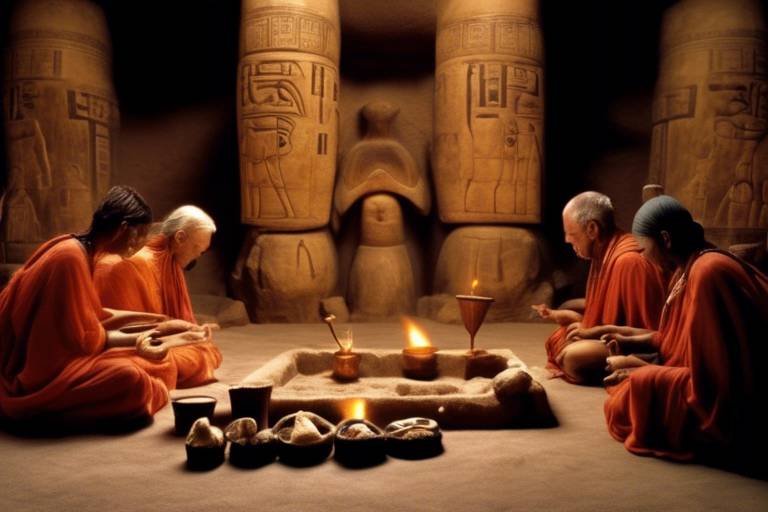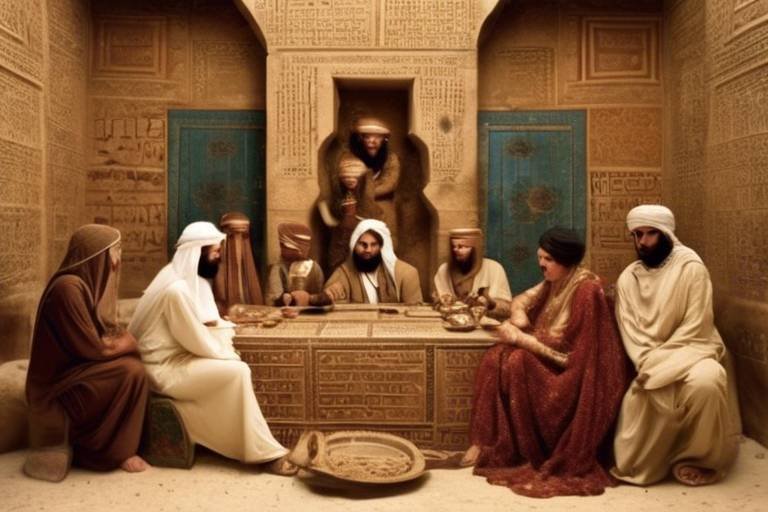The Impact of Ancient Religions on Gender Roles
Throughout history, ancient religions have played a significant role in shaping the perception of gender roles within societies. These religious beliefs not only influenced the roles of men and women but also established norms and expectations that persisted for generations. Let's delve into the influence of various ancient religions on gender roles and how they continue to impact societies today.
Starting with ancient Egyptian beliefs, the society was deeply rooted in religious practices that emphasized the importance of balance and harmony. In Egyptian mythology, gender roles were often linked to the divine order, with women associated with concepts of fertility and creation, while men were connected to power and leadership. This portrayal influenced the societal structure and family dynamics, shaping the roles individuals played within the community.
Turning to Greek mythology, the stories of gods and goddesses portrayed a complex interplay of gender roles. From the powerful goddess Athena to the nurturing Demeter, Greek mythology showcased a diverse range of characteristics associated with both men and women. These narratives not only reflected societal values but also provided a framework for understanding the roles individuals were expected to fulfill.
In Hinduism, gender roles are intricately woven into religious texts and practices. The concept of dharma, or duty, plays a crucial role in defining the responsibilities of individuals based on their gender. From the ideal of a devoted wife in Sita to the warrior goddess Durga, Hindu mythology presents a multifaceted view of gender roles that have influenced social hierarchies and familial structures for centuries.
Ancient Judaism also prescribed specific gender roles within its religious texts, outlining the duties and expectations for both men and women. The stories of figures like Sarah and Ruth exemplified the virtues and qualities valued in women, while male figures such as Moses and David represented leadership and strength. These roles not only guided personal conduct but also shaped the communal life of the Jewish people.
Christianity, with its rich history and diverse interpretations, has also played a significant role in defining gender roles. From the teachings of Jesus to the writings of Paul, Christian scriptures have been interpreted in various ways to establish norms for gender relations. The concept of complementarity between men and women, as seen in the creation story of Adam and Eve, continues to influence modern views on gender roles within the Christian community.
Buddhism, known for its emphasis on compassion and enlightenment, offered a unique perspective on gender equality. The teachings of the Buddha emphasized the importance of transcending gender distinctions to achieve spiritual liberation. In ancient Buddhist societies, this approach to gender roles allowed for greater freedom and autonomy for individuals, challenging traditional norms and hierarchies.
Exploring Norse mythology, we encounter a world where gender roles were closely tied to concepts of honor and destiny. The tales of powerful goddesses like Freyja and the fierce warriors of Valhalla depicted a society where both men and women played vital roles in shaping the fate of the world. These narratives reflected the values and beliefs of ancient Scandinavian cultures, highlighting the significance of gender in their societal structure.
By conducting a comparative analysis of gender roles in various ancient religions, we can identify common themes and differences that have influenced societies throughout history. While some religions emphasized balance and harmony between genders, others prescribed specific roles based on cultural norms and beliefs. Understanding the impact of these ancient religions on gender roles provides valuable insights into the evolution of societal expectations and the ongoing pursuit of equality and diversity.

Ancient Egyptian Beliefs
Ancient Egyptian beliefs played a significant role in shaping gender roles within their society. The ancient Egyptians had a complex pantheon of gods and goddesses, each representing different aspects of life and nature. One of the most notable aspects of Egyptian religion was the concept of Ma'at, which symbolized balance, harmony, and truth. Ma'at was often personified as a goddess and was closely associated with justice and order.
In ancient Egypt, gender roles were influenced by the myths and stories surrounding their deities. For example, the goddess Isis was revered as a powerful and nurturing figure, representing motherhood and fertility. On the other hand, the god Osiris symbolized kingship and the afterlife. These divine archetypes helped shape the roles of women and men in Egyptian society, with women often holding positions of power and influence.
Moreover, the concept of dualism was prevalent in Egyptian religious beliefs, with the balance between male and female energies considered essential for the functioning of the universe. This belief in the complementary nature of genders led to a society where both men and women played crucial roles in various aspects of life, from family to politics.
Additionally, the Egyptian Book of the Dead, a funerary text containing spells and rituals for the afterlife, emphasized the importance of both men and women in the journey to the underworld. This equality in death reflected the belief in the balance of genders in the eternal cycle of life and death.

Greek Mythology and Gender Roles
Greek mythology is a rich tapestry of stories that not only entertain but also provide insights into the ancient Greek society's views on gender roles. The portrayal of men and women in these myths often reflects the societal norms and expectations prevalent at the time. For example, powerful goddesses like Athena and Artemis exemplify traits traditionally associated with masculinity, such as strength and wisdom, challenging the conventional idea of women as passive and weak.
Conversely, figures like Aphrodite, the goddess of love and beauty, embody more stereotypical feminine qualities, emphasizing the importance of beauty and allure in a woman's role. These representations in Greek mythology not only shaped the perception of gender roles but also influenced how individuals perceived themselves within society.
Moreover, the interactions between gods and mortals in these myths often highlight the consequences of deviating from prescribed gender norms. For instance, the tragic tale of Medusa serves as a cautionary reminder of the dangers of female independence and power, as her transformation into a monster symbolizes the punishment for challenging male authority.
Overall, Greek mythology offers a complex and nuanced perspective on gender roles, showcasing a blend of traditional expectations and subversive narratives that challenge societal conventions. By delving into these myths, we can gain a deeper understanding of how ancient Greeks perceived gender and the impact of these beliefs on their culture and values.

Hinduism and Gender Roles
Hinduism, one of the world's oldest religions, plays a significant role in shaping gender roles within its cultural framework. In Hindu religious texts, the concept of 'dharma' or duty is central to understanding gender roles. Traditionally, men are expected to fulfill their duties as providers and protectors, while women are often depicted as caretakers of the household and family. These roles are deeply ingrained in societal norms and have been passed down through generations.
Furthermore, Hinduism encompasses a diverse range of beliefs and practices that have influenced gender roles in complex ways. The concept of 'shakti,' representing feminine energy and power, is revered in Hindu mythology and is often associated with the divine feminine. This portrayal of female deities as powerful figures challenges traditional gender stereotypes and highlights the multifaceted nature of gender roles within Hinduism.
Moreover, the caste system, an integral part of Hindu society, has also played a role in shaping gender roles. Each caste has its own set of prescribed duties, with gender-specific roles assigned within these social hierarchies. This system has perpetuated certain gender norms and expectations, influencing the division of labor and social interactions within communities.
When examining the intersection of Hinduism and gender roles, it is essential to consider the evolving nature of these dynamics in modern society. While traditional beliefs continue to influence gender norms, there is also a growing movement towards gender equality and empowerment within Hindu communities. Initiatives promoting education and awareness have challenged traditional gender roles, leading to a more inclusive and diverse understanding of gender within the context of Hinduism.
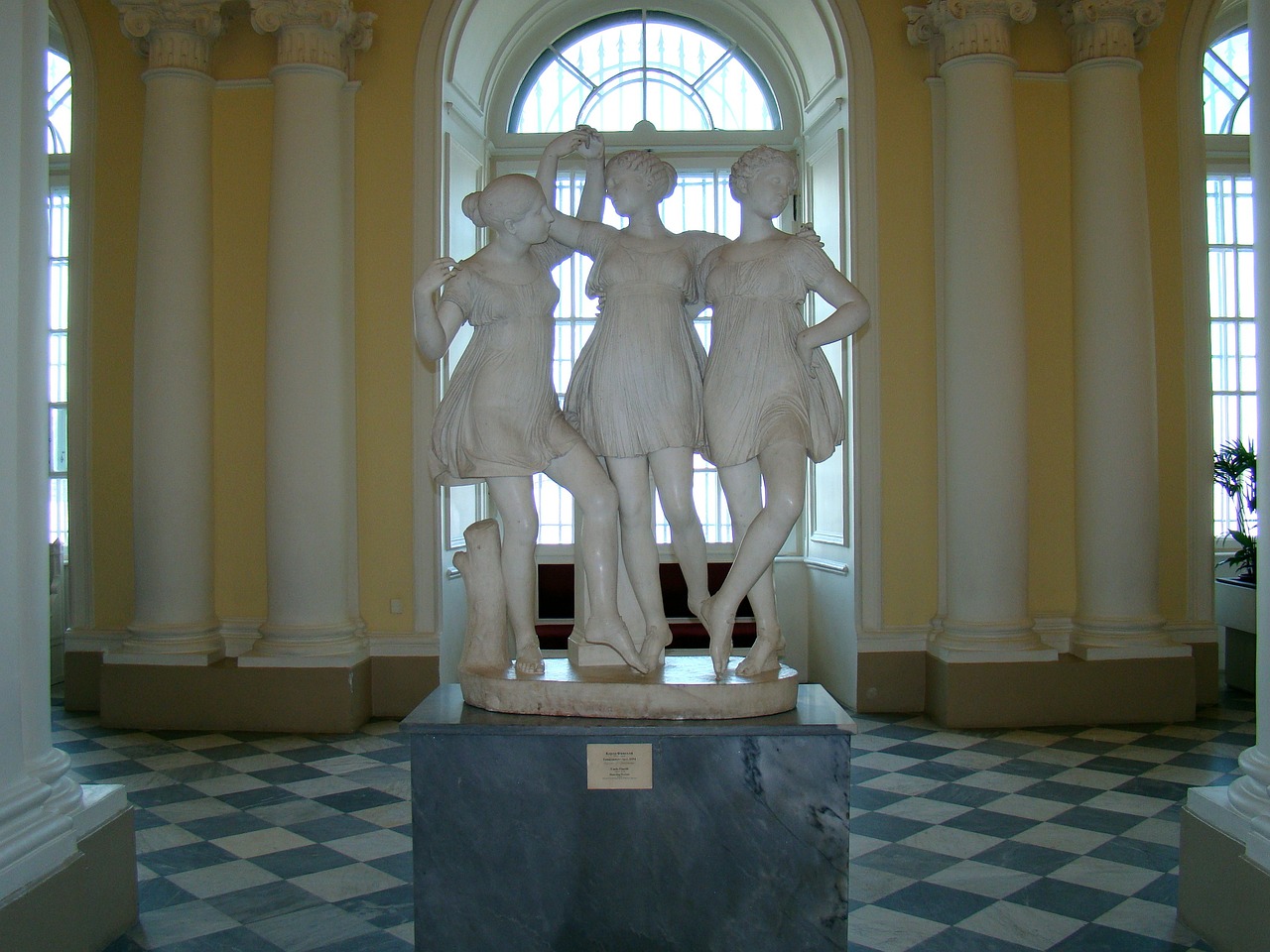
Gender Roles in Ancient Judaism
Ancient Judaism, deeply rooted in tradition and scripture, held distinct gender roles that shaped the social fabric of Jewish communities. In ancient Jewish society, gender roles were clearly defined, with men typically taking on leadership roles in both the family and the community. Women, on the other hand, were primarily responsible for managing the household and raising children.
These gender roles were largely influenced by religious texts such as the Torah, which outlined specific expectations for men and women. For example, the concept of "pikuach nefesh," the principle that saving a life takes precedence over almost all other religious considerations, was often interpreted in a way that prioritized men's roles in public life over women's.
Furthermore, ancient Jewish customs and laws often restricted women's participation in certain religious practices and rituals, reinforcing the idea of separate spheres for men and women within the community. Despite these limitations, women in ancient Judaism also held significant roles, such as prophetesses and leaders, showcasing the complexity of gender dynamics within the religion.
Overall, gender roles in ancient Judaism were deeply intertwined with religious beliefs and practices, shaping the roles and expectations of men and women in Jewish society.

Christianity and Gender Roles
Christianity has played a significant role in shaping gender roles throughout history. The teachings of Christianity have often been interpreted in ways that reinforce traditional gender norms and expectations. For instance, the concept of the ideal family structure as portrayed in the Bible typically includes a husband as the head of the household and a wife as a supportive partner. These roles have influenced societal expectations regarding the division of labor within families and the broader community.
Moreover, the leadership positions within many Christian denominations have historically been dominated by men, reflecting a hierarchical structure that places men in positions of authority. This has had a lasting impact on how gender roles are perceived and enacted within religious institutions and beyond. The emphasis on submission and obedience in certain Christian teachings has also been used to justify the subordination of women in both religious and secular contexts.
However, it is important to note that interpretations of gender roles within Christianity are diverse and evolving. Many modern Christian communities are reevaluating traditional gender norms and working towards greater gender equality. Some denominations have embraced the ordination of women and promoted gender-inclusive language and practices in their religious services.
Overall, the relationship between Christianity and gender roles is complex and multifaceted, influenced by historical interpretations, cultural contexts, and evolving understandings of gender and equality. By examining the historical development of gender roles within Christianity, we can better understand the ways in which religious beliefs have shaped societal norms and expectations related to gender.
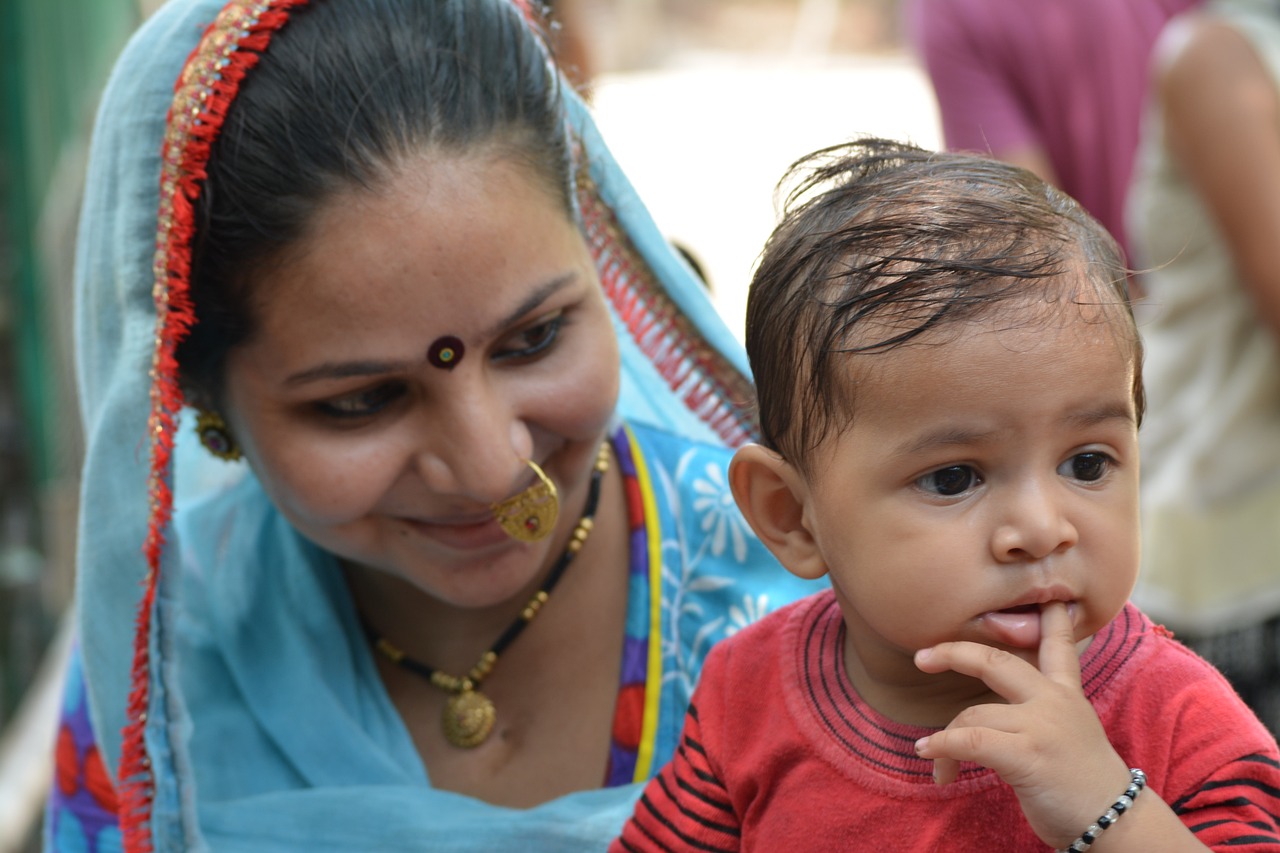
Gender Roles in Ancient Buddhism
Ancient Buddhism, with its profound teachings of compassion and enlightenment, held a unique perspective on gender roles in society. Unlike some other ancient religions, Buddhism emphasized the equality of all beings, regardless of gender. The teachings of the Buddha promoted the idea that enlightenment was attainable by both men and women, challenging the traditional gender hierarchies prevalent in many societies.
Within ancient Buddhist communities, both men and women had the opportunity to become ordained as monks and nuns, known as bhikkhus and bhikkhunis, respectively. This egalitarian approach to spiritual practice was revolutionary for its time and provided women with a path to spiritual growth and liberation.
Despite the progressive stance on gender equality in terms of spiritual practice, there were still societal norms and expectations that influenced the roles of men and women in ancient Buddhist societies. These norms were often rooted in cultural traditions rather than the core teachings of Buddhism.
Women in ancient Buddhist societies were often expected to fulfill traditional roles within the family and community, such as caregiving and maintaining the household. However, the teachings of Buddhism encouraged both men and women to cultivate qualities such as compassion, wisdom, and mindfulness, emphasizing inner transformation over outward roles.
It is essential to recognize that while Buddhism promoted gender equality in spiritual matters, the societal context in which these teachings were practiced often influenced the roles and expectations placed on individuals based on their gender. Nevertheless, the core teachings of Buddhism provided a foundation for challenging traditional gender norms and promoting a more inclusive and compassionate society.
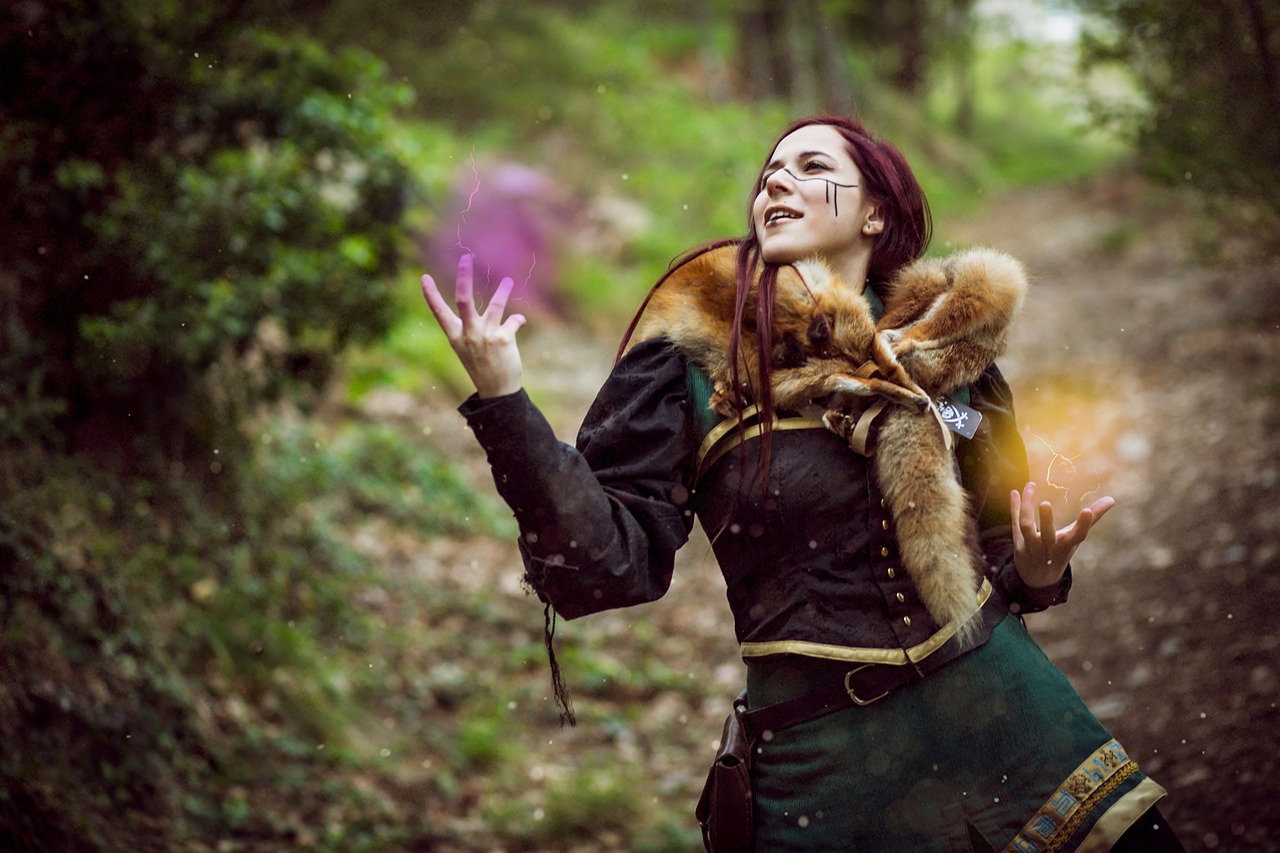
Gender in Norse Mythology
In Norse mythology, gender roles played a significant role in shaping the societal structure and beliefs of ancient Scandinavia. The Norse pantheon featured powerful gods and goddesses, each representing different aspects of life and nature. One of the most prominent goddesses was Freyja, who symbolized love, beauty, and fertility. She was revered for her independence and strength, challenging traditional gender norms of the time.
On the other hand, the god Thor embodied traditional masculinity with his role as a protector and warrior. His strength and courage were celebrated, reflecting the ideals of Norse society. The contrast between Freyja and Thor highlighted the diversity of gender roles present in Norse mythology, showing that both masculine and feminine traits were valued.
Additionally, the concept of fate and destiny played a significant role in Norse gender roles. The Norns, female beings who controlled the destiny of both gods and mortals, were respected for their power and wisdom. This portrayal of women as arbiters of fate challenged the notion of male dominance in other ancient societies.
Moreover, the idea of duality was prevalent in Norse mythology, with the belief that balance between opposing forces was essential for harmony. This duality extended to gender roles, where both men and women were seen as equal but complementary forces in the cosmic order. The dynamic interplay between male and female deities showcased the interconnectedness of gender in Norse culture.
Overall, gender roles in Norse mythology were complex and multifaceted, reflecting the diverse values and beliefs of ancient Scandinavian society. The portrayal of powerful goddesses, heroic warriors, and wise female beings contributed to a rich tapestry of gender dynamics that influenced both mythological narratives and real-world social structures.
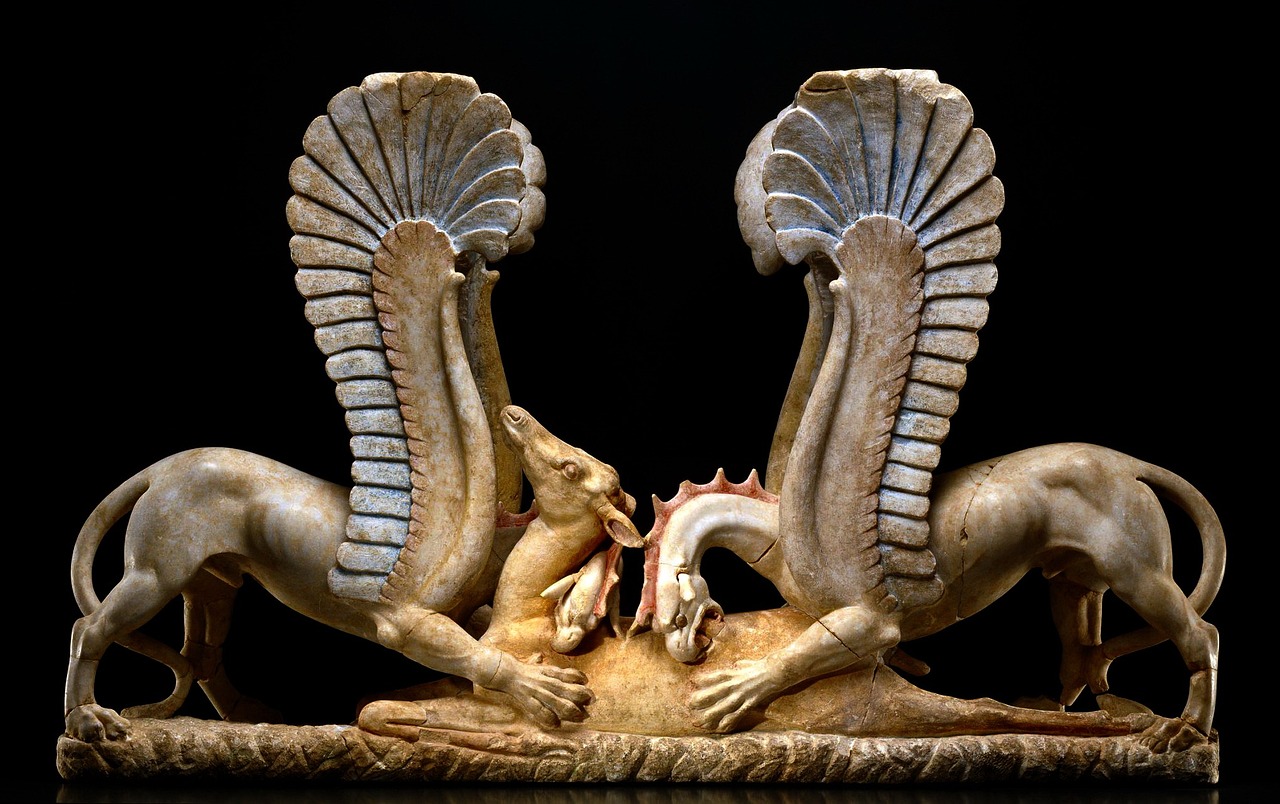
Comparative Analysis of Gender Roles
When conducting a comparative analysis of gender roles across various ancient religions, it becomes evident that while each belief system had unique perspectives, there are also common themes that emerge. In ancient Egyptian society, gender roles were somewhat fluid due to the high status of women and their involvement in both domestic and religious spheres. On the other hand, Greek mythology often depicted women as subservient to men, reflecting the patriarchal norms of the time.
In Hinduism, gender roles were deeply ingrained in societal structures, with the concept of dharma outlining specific duties for individuals based on their gender. This led to the establishment of a rigid social hierarchy where women were often relegated to subordinate roles. Similarly, in ancient Judaism, traditional texts prescribed distinct roles for men and women, emphasizing the importance of family and community values.
Christianity, on the other hand, underwent significant changes in gender roles over time, with early teachings promoting equality between men and women, yet later interpretations often enforced more traditional roles. In Buddhism, the teachings of the Buddha emphasized the importance of inner qualities over external distinctions like gender, advocating for equality and compassion for all beings.
Within Norse mythology, gender roles were often intertwined with concepts of honor and power, with women sometimes portrayed as fierce warriors or cunning strategists. This contrasted with the more patriarchal societies of the time, showing a unique perspective on gender dynamics.
By comparing these diverse religious beliefs, we can uncover both shared values and stark differences in how gender roles were perceived and enforced. While some cultures embraced more egalitarian views, others entrenched strict hierarchies based on gender. Understanding these historical contexts allows us to reflect on our own societal norms and the evolution of gender roles over time.
Frequently Asked Questions
- What were the typical gender roles in ancient Egyptian society?
In ancient Egypt, gender roles were fairly defined. Men were typically responsible for roles such as farming, hunting, and leadership, while women managed the household and took care of children. However, there were exceptions, and some women held prominent positions in society.
- How did Greek mythology influence gender roles?
Greek mythology played a significant role in shaping gender roles in ancient Greece. The portrayal of gods and goddesses in myths often reflected societal expectations of male and female behavior. For example, goddesses like Athena were associated with wisdom and strategy, influencing the perception of women's roles in leadership.
- What was the significance of gender in Hindu religious texts?
Gender roles in Hinduism were deeply intertwined with religious texts and practices. The concept of dharma, or duty, assigned specific roles to individuals based on their gender, leading to the establishment of social hierarchies. These texts also highlighted the importance of balance and harmony between male and female energies.
- How did ancient Judaism define gender roles?
Ancient Jewish texts prescribed distinct roles for men and women within the community. Men were often seen as the primary providers and leaders, while women were valued for their roles in the household and child-rearing. These gender roles were reinforced through religious practices and cultural norms.
- What impact did Christianity have on gender roles?
Christianity has had a complex relationship with gender roles throughout history. While some interpretations emphasized traditional gender norms, others promoted equality and respect between men and women. The evolution of gender roles within Christianity has been influenced by cultural shifts and theological interpretations.
- How did Buddhism approach gender equality in ancient societies?
Buddhism teachings emphasized the importance of inner qualities over external distinctions like gender. In ancient societies, this approach led to greater opportunities for women to participate in religious practices and attain spiritual enlightenment. However, gender roles still existed within specific cultural contexts.
- What were the gender roles portrayed in Norse mythology?
Norse mythology depicted a world where both men and women played significant roles in shaping destiny. Female deities like Freyja were revered for their strength and independence, challenging traditional gender stereotypes. The myths reflected a society where individuals of all genders had agency and power.
- How do the gender roles in various ancient religions compare?
By comparing and contrasting gender roles across different ancient religions, common themes and unique characteristics emerge. While some religions emphasized gender distinctions and hierarchies, others promoted equality and balance between the sexes. Understanding these diverse perspectives provides insight into the complexity of gender dynamics in ancient societies.








